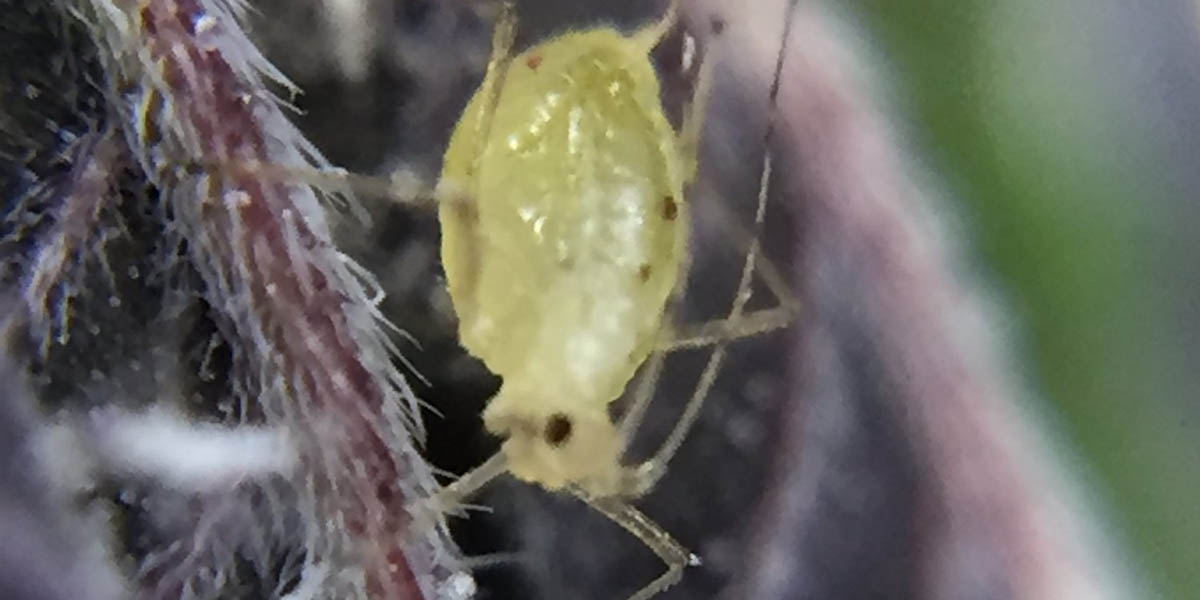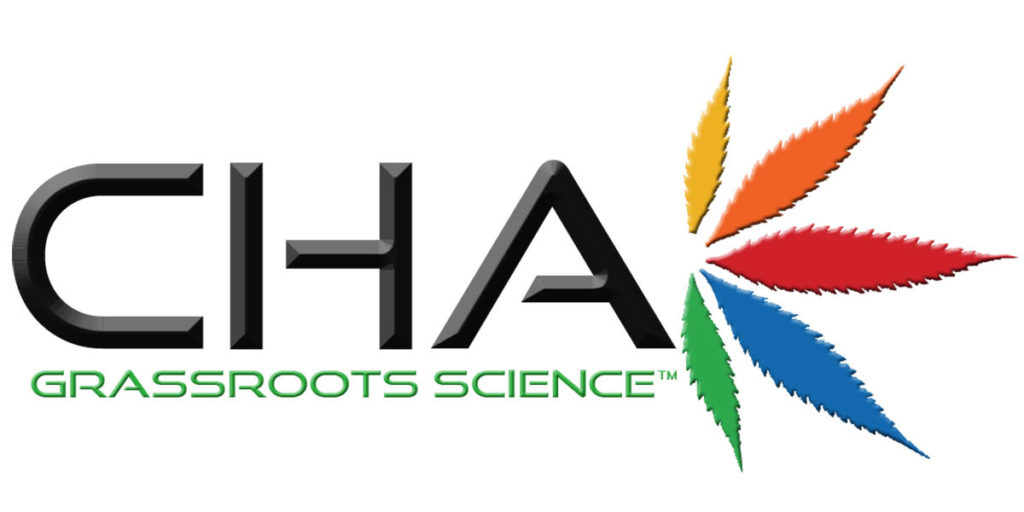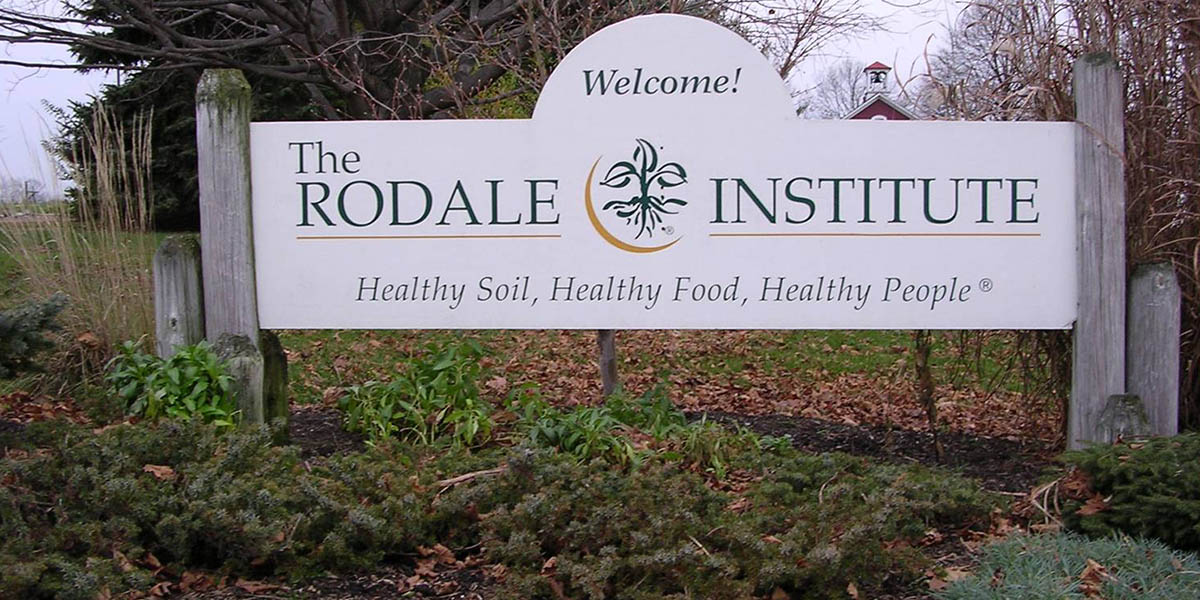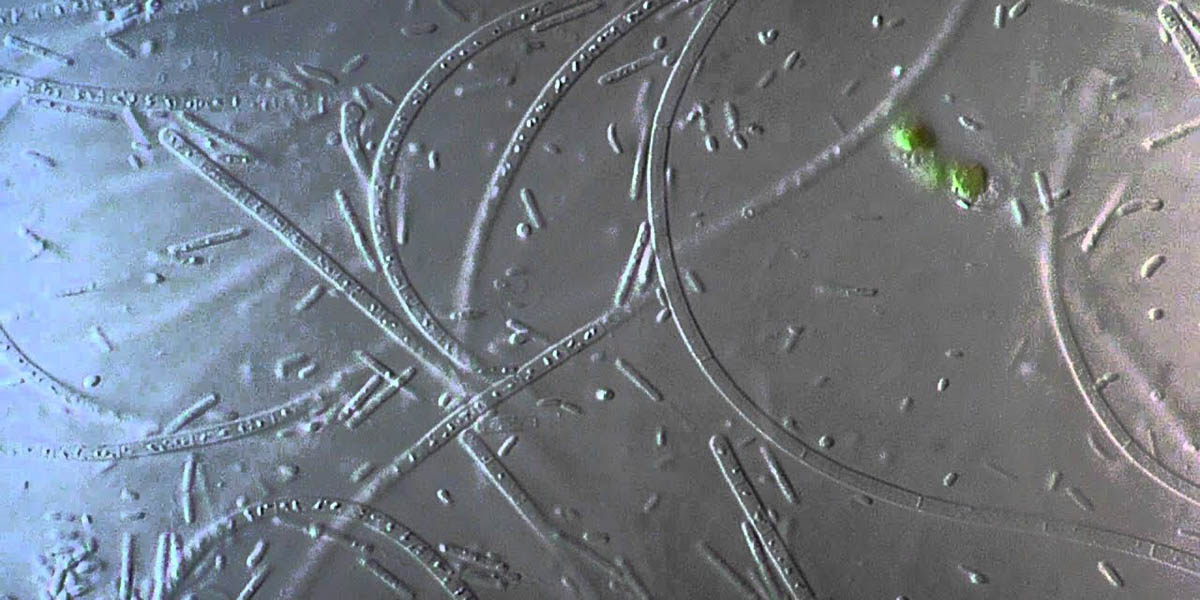Pest Alert – Cannabis Aphid
The Oregon Dept of Agriculture has detected a new pest species for cannabis.
Phorodon cannabis, known as the cannabis aphid, bhang aphid, or hemp aphid, feeds on cannabis. It is only known from two locations in Oregon (Portland and Estacada) at this time, but it is very likely that it is established and unrecognized at other facilities. The pest is established in much of Europe and Asia, North Africa, and it is known from Colorado in North America. It appears to be a recent arrival in Oregon, and it is in the interest of all growers of cannabis to slow its spread.
Download the PDF from the ODA:
Pest Alert – Cannabis Aphid Read More »











